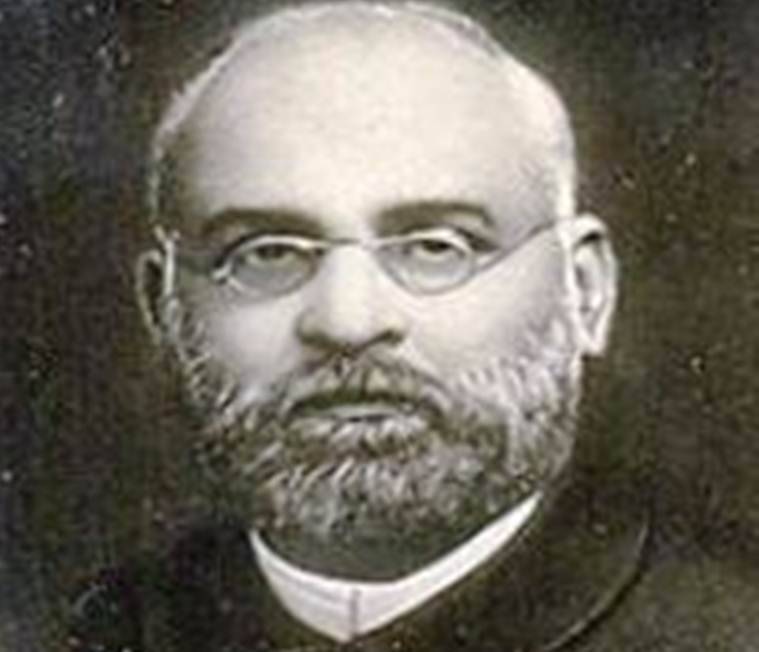CONTENTS
- Captive Employment Initiative
- Pradhan Mantri Gram Sadak Yojana
- Shyamji Krishna Varma
Captive Employment Initiative
Focus: GS II: Government Policies and Intervention
Why in News?
Recently, the union Minister for Rural Development launched the Captive Employment initiative which is a unique initiative under the Deen Dayal Upadhyaya Grameen Kaushalya Yojana (DDU-GKY) in New Delhi.
About Captive Employment initiative:
- Captive Employment is a pioneering initiative aimed at creating a dynamic and demand-based skilling ecosystem that caters to the needs of industry partners, providing sustainable placements for underprivileged rural youth.
- The Union Ministry of Rural Development (MoRD) has partnered with 19 Captive Employers to train and provide employment opportunities for rural youth under the Deen Dayal Upadhyaya Grameen Kaushalya Yojana (DDU-GKY).
- The Captive Employment Guidelines ensure the RTD (Recruit, Train, and Deploy) model, which addresses the needs of the industry, provides relevant training, and ensures sustainable placements for rural youth.
- The initiative caters to the needs of industry partners, ensuring long-term employment opportunities for underprivileged rural youth.
- Captive Employers are companies or industries that select rural youths, skill them, and deploy them in one of their establishments, sister concerns, or subsidiaries.
Captive Employers are required to:
- Offer captive (in-house) placement to all the trained candidates.
- Provide captive employment to a minimum of 70% of trained candidates for 6 months.
- Ensure a minimum salary of Rs 10,000 (for courses less than 6 months) and Rs 12,000 (for courses more than 6 months) for captive employment.
Pradhan Mantri Gram Sadak Yojana
Focus: GS II- Welfare Schemes
Why in News?
The Prime Minister has expressed happiness on Pradhan Mantri Gram Sadak Yojana in Bilaspur, Chhattisgarh.
Pradhan Mantri Gram Sadak Yojana (PMGSY)
- The Pradhan Mantri Gram Sadak Yojana (PMGSY) is a nationwide plan in India to provide good all-weather road connectivity to unconnected villages.
- This Centrally Sponsored Scheme was introduced in 2000.
- The PMGSY is under the authority of the Ministry of Rural Development.
PMGSY – Phase I
PMGSY – Phase I was launched in 2000 as a 100 % centrally sponsored scheme with an objective to provide single all-weather road connectivity to eligible unconnected habitation of designated population size for overall socio-economic development of the areas.
PMGSY – Phase II
- The Phase II of PMGSY was approved in 2013, and while the ongoing PMGSY – I continued – under PMGSY phase II, the roads already built for village connectivity was to be upgraded to enhance rural infrastructure.
- For the 12th Five Year Plan period a target of 50,000 Km length under PMGSY-II. 75 per cent of the cost of the upgradation was by the Centre and 25 per cent by the state.
- For hill states, desert areas, Schedule V areas and Naxal-affected districts, 90 per cent of cost was borne by the Centre.
PMGSY – Phase III
- The Phase III was approved by the Cabinet in 2019.
- It involves consolidation of Through Routes and Major Rural Links connecting habitations to Gramin Agricultural Markets (GrAMs), Higher Secondary Schools and Hospitals.
- Under the PMGSY-III Scheme, it is proposed to consolidate 1,25,000 Km road length in the States, and the duration of the scheme is 2019-20 to 2024-25.
- The funds would be shared in the ratio of 60:40 between the Centre and State for all States except for 8 North Eastern and 3 Himalayan States (Jammu & Kashmir, Himachal Pradesh & Uttarakhand) for which it is 90:10.
Shyamji Krishna Varma
Focus: GS I- Personalities in News
Why in News?
The Prime Minister, Shri Narendra Modi has paid tributes to Shyamji Krishna Varma on his Punya Tithi
About Shyamji Krishna Varma :

Shyamji Krishna Varma (1857–1930) was an Indian revolutionary fighter, patriot, lawyer and journalist who made significant contributions towards India’s freedom struggle.
Notable Achievements:
- He was a noted scholar in Sanskrit and other Indian languages.
- He briefly pursued a legal career in India and served as the Divan of a number of Indian princely states.
- Founded India House in London in 1904, which became the nerve centre and nucleus for India’s revolutionaries.
- Started the publication of a monthly journal called ‘Indian Sociologist’ which became a vehicle of revolutionary ideas.
- In February 1905, he established the Indian Home Rule Society to raise his voice against British domination in India.
- Advocated non-violent means of getting rid of the British and using withdrawal of cooperation with the colonial administration as the most effective weapon for this purpose.
- Narendra Modi dedicated a memorial ‘Kranti Tirth’, to Shyamji Krishna Varma at the revolutionary’s ancestral town Mandvi in Kutch district.
Controversy:
- His resolution on India received an enthusiastic ovation from the entire conference. Shyamji’s activities in England aroused the concern of the British government.
- He was disbarred from Inner Temple and removed from the membership list on 30 April 1909 for writing anti-British articles in The Indian Sociologist.



